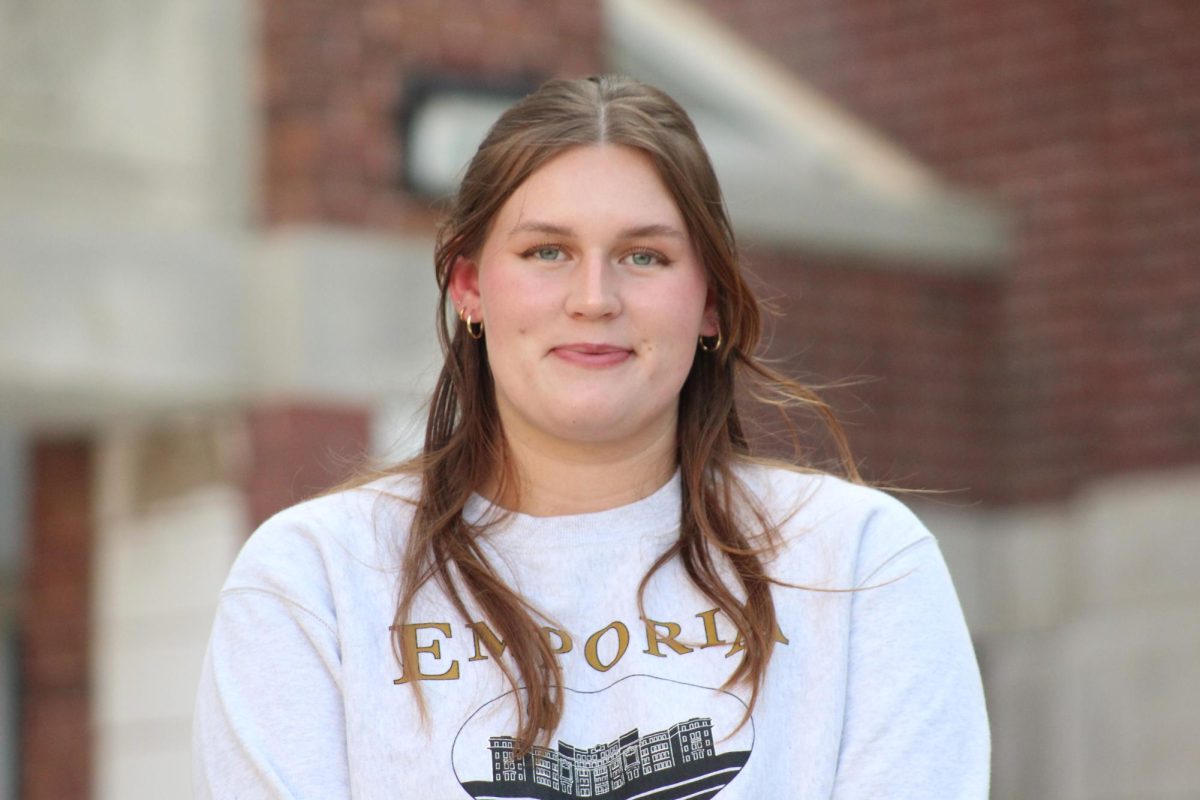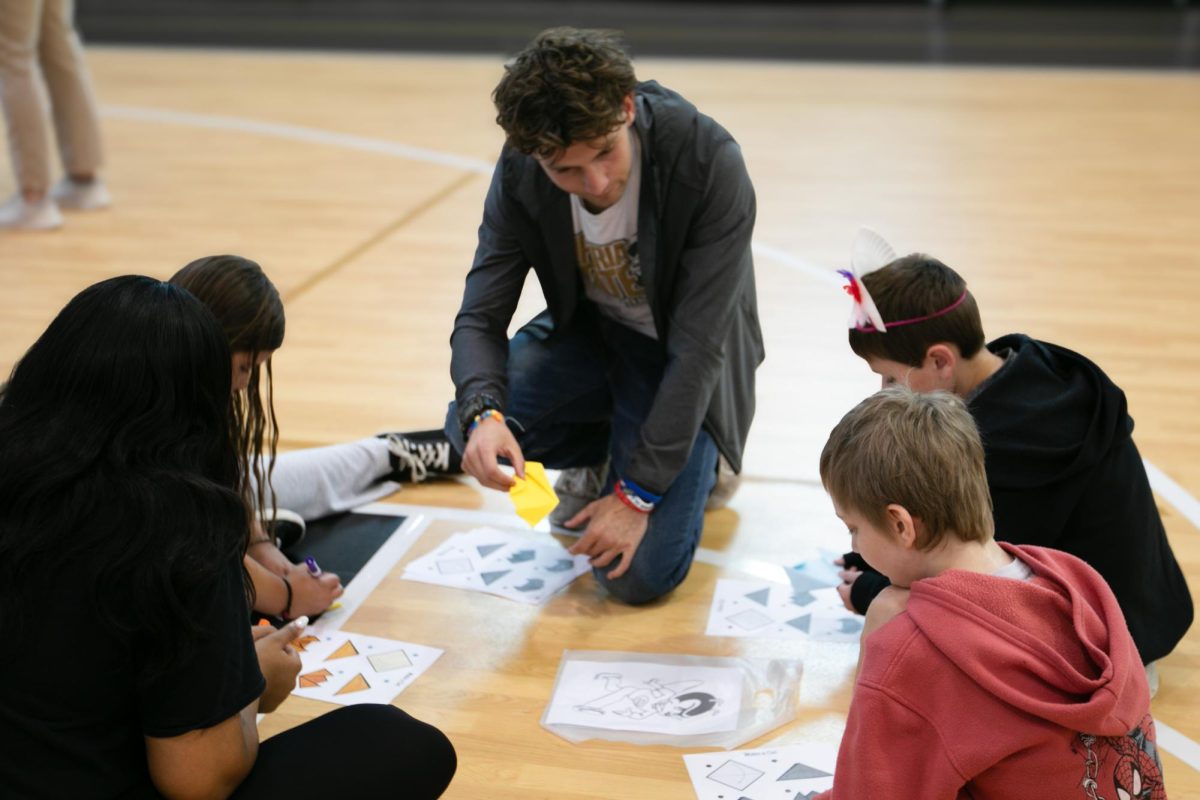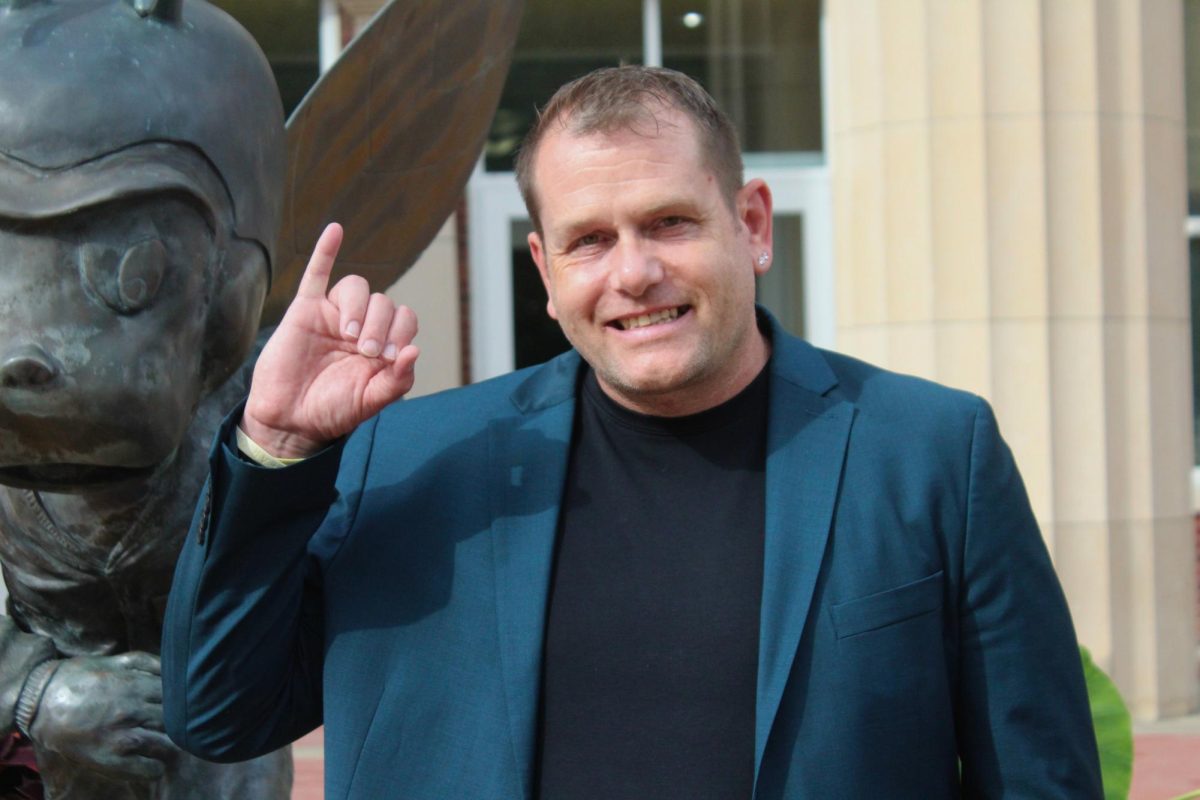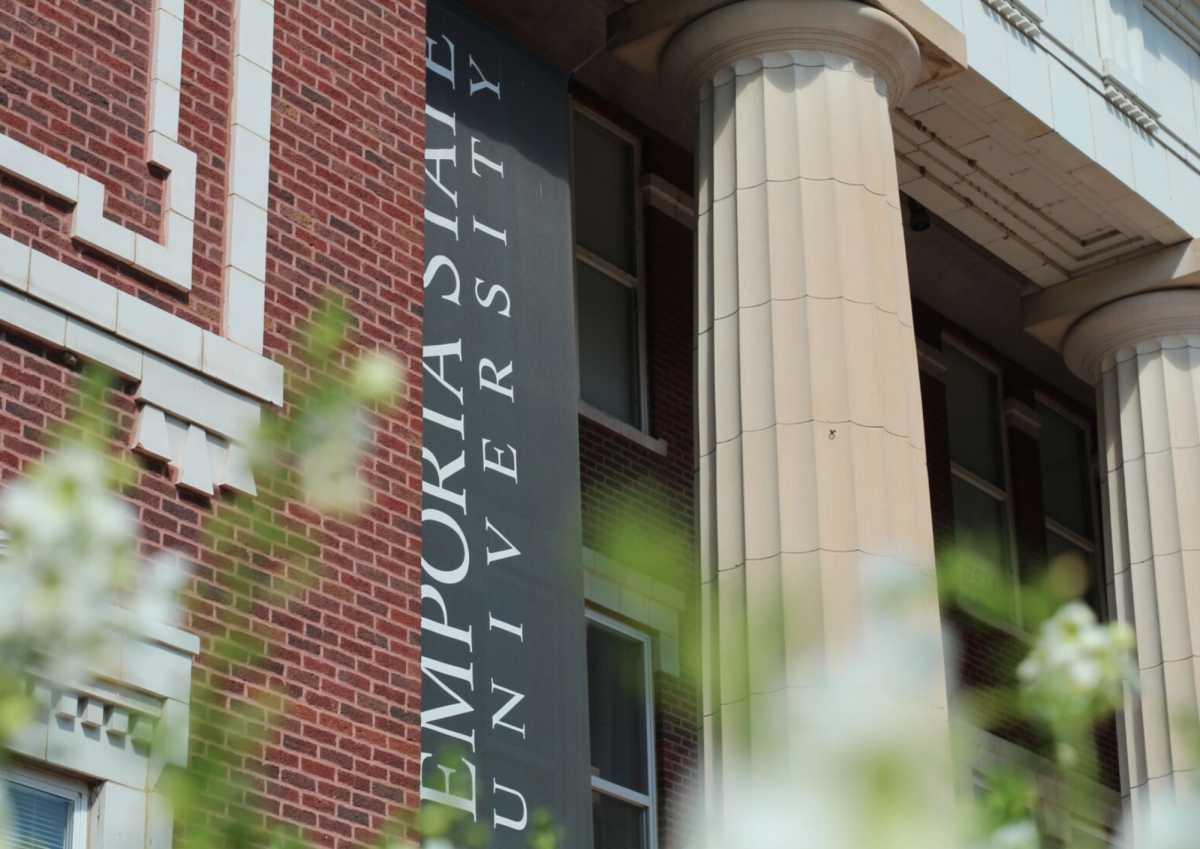“You’re in a crisis state, your adrenaline’s pumping, you’re three days out and you’re like this (hands shaking). You aren’t sleeping, you’re not eating, it means that you are not in the best position to do things that can make you feel better and get you back to where you were.”
This is how Jim Persinger, Emporia State psychology department chair, described the feelings one goes through after a disaster. To help those in need, he has gathered a group of five ESU graduate students to join the American Red Cross as Disaster Mental Health employees under his supervision. He said he hopes this will create a ripple effect of volunteers in the community.
“What I’ve observed on relief operations,” Persinger said “When you have somebody involved, next thing you know their friend’s involved, their colleagues are involved, their spouses are involved.”
Persinger is a current volunteer for the Red Cross, but has asked to be put on a “no call list” due to other commitments he currently has that restrict him from deploying. Despite this, he has received around six calls the last three weeks from the Red Cross organization asking for his services. Persignger says this is because people are less likely to help with natural disasters than other disasters such as shootings, which are more publicized.
“So the press, I think, drums up some interest,” Persinger said. “And people say, ‘I really want to help’ and forget how much hardship is going on when there (are) entire communities destroyed by tornadoes.”
He believes the lack of volunteers is also due to the commitment it takes to be one.
“If you’re deploying,” Persinger said. “You’re agreeing traditionally to deploy a minimum of 10 days, and so few people with less than 24 hours notice walk away from employment and for a minimum of 10 days go to a region.”
Persinger wanted to help without actually deploying himself, so he created a program for graduate students in the psychology department to volunteer under his supervision as Disaster Mental Health workers. Teachers in the department asked for volunteers, and students immediately responded, including graduate student Layna Adams.
“I’m extremely excited,” Adams said. “I was really happy, I didn’t even think that was a thing or even knew about it and I’m excited about it because obviously, being a psychologist, we want to help.”
Adams is one of five team members who has already begun her training and is focused on helping clients as soon as disaster strikes rather than after.
“A lot of people think you need to talk through it and really re-experience it and that’s not necessarily the case,” Adams said. “You kind of just need the basic understanding to get through your day to day life the next couple of days. So the importance of us being on hand is just to kind of try our best to keep down any fraction of PTSD or anything like that accumulating in these clients.”
The purpose of the Disaster Mental Health (DMH) position is to give services to clients and Red Cross workers during preparedness, response, and recovery within a chapter/region, according to information provided by American Red Cross Volunteer Services Recruitment Specialist Cheryl Bachelor Boothe.
Adams plans on handling the pressure of helping both clients and other volunteers by seeing a therapist herself throughout the process.
“I think the idea across the board is every therapist or psychologist has their own on hand,” Adams said. “Because it does, it affects you. Firsthand crisis is intimidating. But I think the training that we will receive will be enough to kind of keep us going.”
In addition to the training Adams and other team members are currently taking, Persinger will also begin giving them specialty training within the next month.
“I’m just trying to make sure they know what they’re gonna get into,” Persinger said. “And we can practice some deep skills to prepare them for the reality in the field.”






